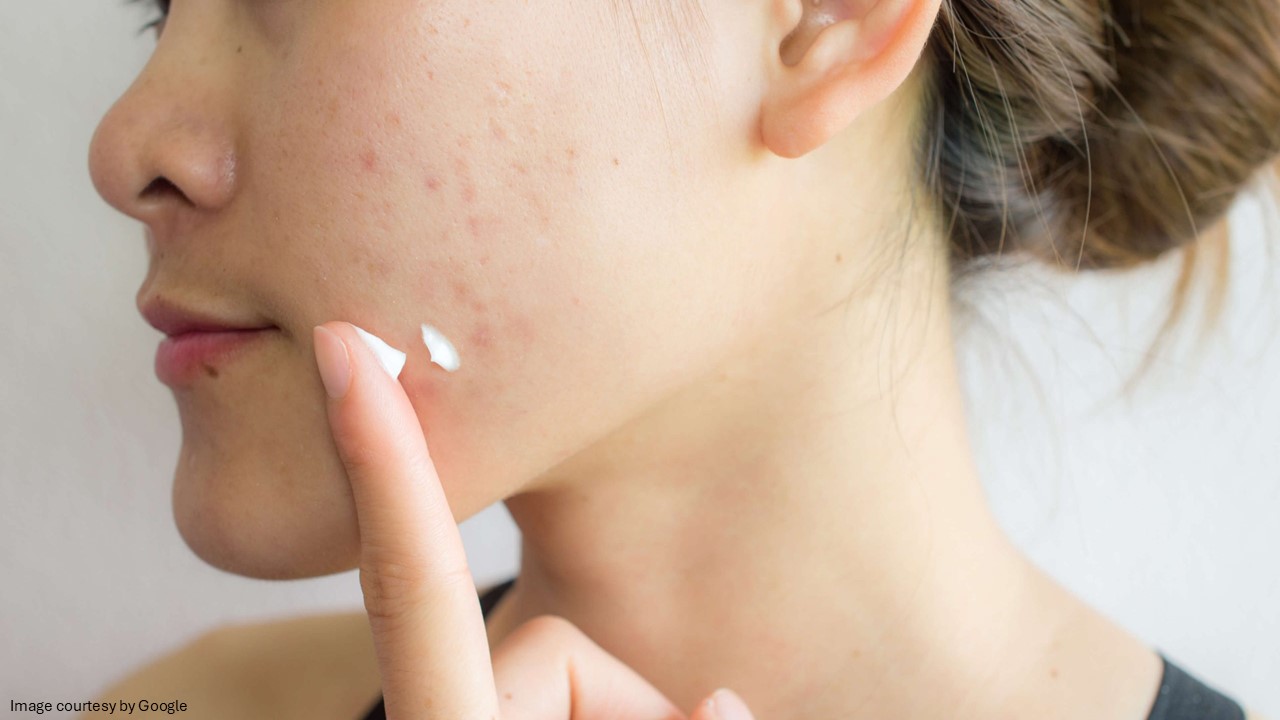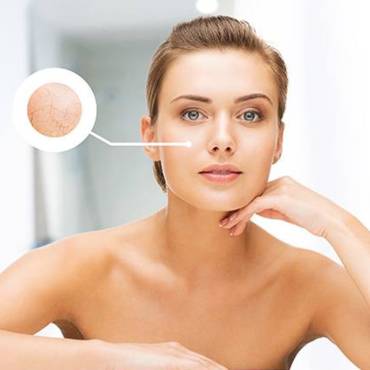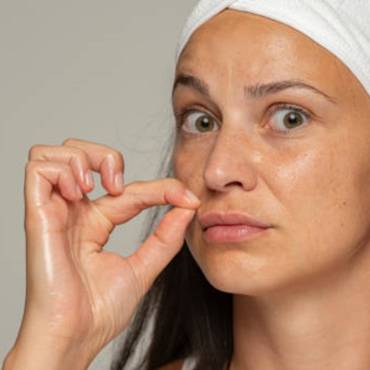Tretinoin is a popular and effective acne medication derived from vitamin A (retinoic acid). This medicine is widely recommended in dermatology and oncology. Retin-A, A-Ret, Tretin X, and Tretin are some popular tretinoin creams used to treat acne in adults as well as children over 12.
This medicine is available in the form of a cream and a gel, which users can apply to the skin as recommended by their dermatologist. In some cases, one can use Permite cream for acne, scabies, and other skin conditions under prescription. Tretinoin belongs to a group of medications known as retinoids. The FDA approves a tretinoin-based cream.
Benefits of tretinoin creams
Various skin conditions such as acne, blackheads, sunburn and pigmentation are usually treated with tretinoin sun sensitivity cream. Users must have a prescription for Retin-A or other retinoids for sun damage or any other such skin conditions. With tretinoin and sun exposure, skin solutions or topical treatments for acne vulgaris, users are also assured that this solution is FDA-approved for the palliation of fine wrinkles, mottled hyperpigmentation, dark spots, and coarseness or roughness on the face or other body parts.
How do tretinoin creams work?
The active substance tretinoin is also known as retinoic acid, a form of vitamin A. This active element can loosen and unblock skin pores by reducing the production of oil in the skin. This mechanism can potentially prevent acne outbreaks as well as the formation of pimples, whiteheads, and blackheads. Retin-A (tretinoin) is formulated to replace old skin cells with new skin cells after unclogging skin pores. Tropical tretinoin can also stimulate skin cells to promote the growth of new skin cells, replacing old or dead ones. The mechanism of tretinoin is very simple as it works by lightening the skin.
With tretinoin sun exposure is not particularly harmful, as it helps replace older skin tissues with newer ones. Moreover, the solution slows down the process of this replacement, making it more comfortable for users to apply retinoids for sun damaged skin or prevent tanning. Permite cream for acne and allergic skin conditions is commonly used, while tretinoin creams can help acne blemishes and uneven pigmentation to give you a smoother skin texture.

How to use tretinoin/retinoid for sun-damaged skin treatment
Tretinoin sun sensitivity creams are for external use only. There are some steps to follow for the proper application of the tretinoin sun sensitivity solution. Wash your hands before and after using tretinoin cream. Keep the affected skin area clean and dry, as wet skin can irritate it. Apply a small or pearl-sized amount of tretinoin cream to the affected area, gently massaging it with your fingertip. Do not use an excessive amount, as it may not be as effective to rub layer after layer. Allow the cream to remain on the affected skin for at least 1 hour, then do not wash or apply any other solution. Try to avoid contact with the nose, mouth, eyes, ears, or your private part, as it may cause unnecessary irritation.
Apply the cream to the affected area(s) of your skin only once a day. The best time to use a tretinoin cream is just before bedtime. Use it before sleeping and rinse in the morning to experience a good change. The solution for retinoids to treat sun-damaged skin is usually applied for a few days. This solution is formulated to treat acne, suntan, blackheads, or black spots. Do not apply it indefinitely to prevent sun damage; instead, use your regular sunscreen solutions after treating these skin conditions.
Side effects of tretinoin creams
A tretinoin and Permite cream for acne is generally safe to use, with some mild side effects occurring in rare cases. The possible side effects of tretinoin solution include allergic reactions, such as skin rash, itching, hives, redness, or swelling of the facial skin, lips, tongue, and trouble swallowing or throat tightness. The rare side effects of tretinoin include sun sensitivity, which can cause skin burn, dryness, persistent itching, /or swelling and peeling of treated skin tissues.
Precautions with tretinoin sun exposure solutions
A tretinoin cream may not show the desired results during the first few days of application, but it is essential to follow the instructions and complete the medication course, which can last up to 12 weeks. Do not mix the solution with other acne creams, as this may irritate your skin and increase the risk of side effects. Try to protect your skin from piercing UV rays whenever you go outdoors; otherwise, the application of retinoids for sun damage may take a bit longer time to treat.



